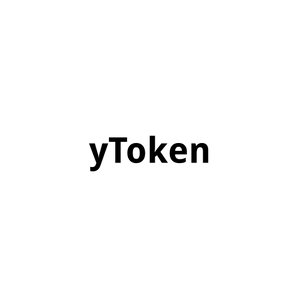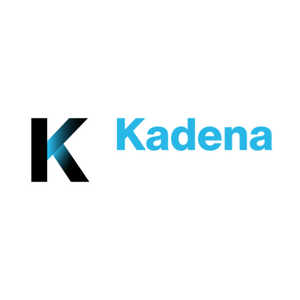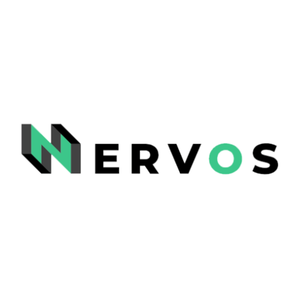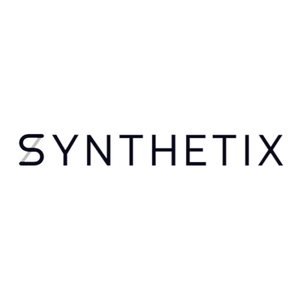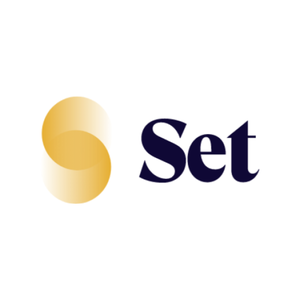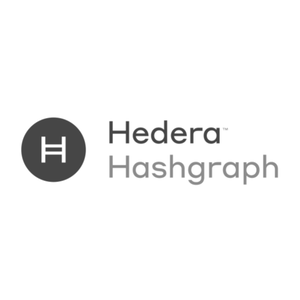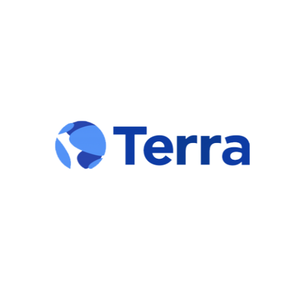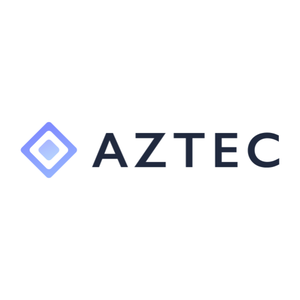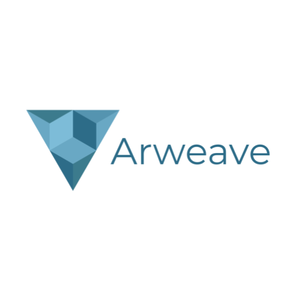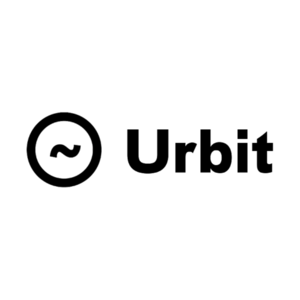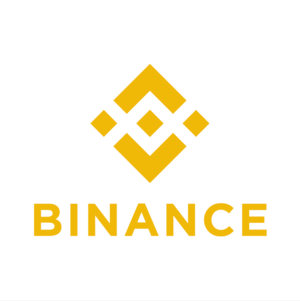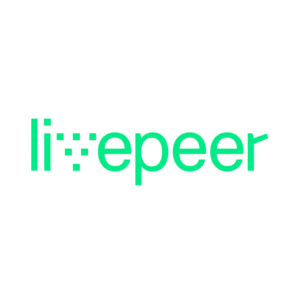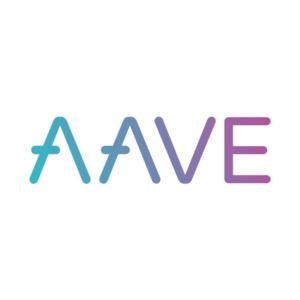Crypto AMA with yToken (9.5.19)
Spencer Noon Dec 7, 2019
- Dan Robinson
Please give a warm welcome to Dan Robinson of Paradigm!
As a reminder for everyone participating—please keep the discussion respectful and on topic at all times.
@dan —could you start off by giving us a brief bio on your background as well as how you got started in crypto? And then a short explainer of yToken? We’ll then be off to the races with questions.
Hey everyone!
I’ve been working in crypto for the past three years, mostly on blockchain protocol research. I now work at Paradigm, a crypto asset investment firm (but I’m here representing my own views).
Before becoming an engineer I was an attorney focused on securities litigation.
My simplest explanation of yTokens is this Twitter thread:
yTokens are like synthetics with expiration dates. For example, a yToken might entitle the holder to exactly 1 DAI on December 31, 2019, secured by ETH collateral.
— Dan Robinson (@danrobinson) 5 September 2019
To "borrow" DAI for that period, you deposit ETH, mint these yDAI, and sell them.
To "lend" DAI, you buy yDAI.
Dan, loved the paper. I was wondering if you could speak to if and how this will actually be built and deployed? Is this something already being built? Do you imagine this as part of a DAO?
I love the idea of replacing oracles with market based solutions. What are some possible applications for a dai interest rate?
That’s up to others! The idea is out there for anyone to use. I think there are a few projects that could adapt some of the ideas into things they are already building.
I doubt that I myself would be the best person to implement it. It is a very simple contract and I did prototype it to assure myself it could be done. But really productizing it would take a lot of hard work, which I’m probably too lazy to do.
The core protocol itself doesn’t need a DAO, but some protocols on top of it (such as the perpetual instrument I mention in the paper) very well might.
You could use it as an input to Maker’s governance decisions on the stability fee and DSR, or to the interest rate formulas used by, e.g., Compound, dYdX, and Fulcrum
You could also construct interest rate derivatives on top of it.
Finally I think it’s useful as a macroeconomic indicator. I’d be very curious to see the shape of the ETH/DAI crypto yield curve. (My uneducated guess is that it would slope down).
Great paper, Dan! Do you envision yTokens being traded on order book-based DEXs in addition to Uniswap? In either case, how do you think liquidity will affect the price of a given yToken type?
What are some crypto applications you could see leveraging interest rate derivatives?
I agree that the curve would likely be inverted today. I've suggested as such in the Maker chats. Like every central banker ever, they see the Dai price as lagging their interest rate adjustments rather than as a forward-looking predictor of their monetary policy.
Do you have furhter ideas to marketize oracle data in the future? As I understand you gave tBTC some decisive guidance as well in getting rid of their own oracle.
You could, but I think yTokens happen to be a particularly good fit for Uniswap, especially for a potential future version of Uniswap that adds ERC20-ERC20 pairs. You know exactly what the trading price on DAI<>yDAI will be on the settlement date, so as a liquidity provider you can predict exactly what your losses from market-making over that period will be.
Low liquidity would probably make the price much more volatile; I don't know if it would tend to push yields up or down (since it would inconvenience both borrowers and lenders).
You might be able to construct a perpetual interest rate swap to, say, lock in an interest rate on your Maker or Compound position. Thinking that through fully would probably have to be a second paper :)
I suggested a way to make a manipulation-resistant BTC oracle on top of an orderbook that uses @james’s Summa protocol. It's still early days on that, though.
As I mention in the paper, I think there are ways to implement manipulation-resistant oracles for ERC20-ERC20 prices based on Uniswap, and I've been working with Hayden on figuring those out.
Do you think there are interesting use cases with yTokens for non-stablecoins?
One use case for borrowing non-stable assets is shorting. So far we haven't seen much demand for that on Ethereum (at least compared to the ETH-collateralized USD borrow use case), but if traditional markets are an indication it may become an important activity.
Another maybe worrisome use case would be voting or staking using a protocol token without getting exposure to that token's price.
You could also use yTokens as a kind of synthetic for assets that aren't on the chain (like, say, BTC), although they're not a particularly good synthetic because they aren't perpetual and don't trade at parity until expiration.
Makes sense. I’m thinking about whether low liquidity on Uniswap results in price slippage on large trades of a given yToken and effectively lowers the interest rate for the buyer/lender.
Low liquidity effectively raises the interest rate paid by the borrower, and lowers the interest rate earned by the lender.
Fortunately IMO Uniswap is a pretty good way of bootstrapping liquidity in a trading pair.
One core idea of yTokens is to transform the quite difficult problem of bootstrapping liquidity in a secured-loan market into the somewhat-easier problem of bootstrapping liquidity in an ERC-20 token (and particularly one with a predictable price).
Got it. Very cool - thanks!
Can you talk a little bit about your research role at Paradigm? What is the goal for you when you publish research pieces like this?
Given the large space of possible maturities, target assets, etc., what are your thoughts on how to best encourage the creation of liquid yTokens. What do you think of the idea of a perpetutity ERC-20, which would not be zero coupon, but would have the benefit of no expiry?
I feel like writing up ideas is the best way I've found to process and understand the innovation that others are doing in the space. Luckily my colleagues have been very supportive of this use of my time!
My usual rule is that I should try to publish an idea once I've found myself explaining in person three or more times. Usually the idea isn't all that original or clever, but is just a variant on something that someone else figured out but hasn't really propagated into a particular community. So it's a kind of idea arbitrage where I get credit for translating a very well-known concept that was developed in one context into a context that hasn't seen it before. My main goal when publishing is making the idea I'm explaining seem so obvious that it becomes a common part of the toolbox, and other people can advance the ideas.
The paper isn't very prescriptive on this but I would hate to see too many different maturities—I have no idea how it would actually shake out but my gut sense is that one every three months should be plenty.
For yTokens where the target asset is an ERC20 token, I think people should converge on physical settlement, and probably using Uniswap-based oracle to prevent liquidation, so that should help reduce the parameter space a little.
Hello Dan! Great thinking as always.
Question: You discuss Uniswap as a source of liquidity for yTokens and also potentially as a manipulation-resistant oracle for ERC20-ERC20 prices. Are there any other use cases/potential applications for Uniswap that you think are worth exploring further?
Yeah, I think perpetuals with coupons could be a decent idea. I started with this because it makes it easier to infer interest rates and a yield curve.
Why in the world did you become a securities litigator? 🤣
I have a sort of pareidolia where I feel like every problem I see could be solved by proper application of Uniswap (not always correctly).
One example is Set Protocol and its "automatic rebalancing portfolios." It seems like a cool idea and I cite it in the paper. But I think there's a pretty simple way to implement an auto-rebalancing portfolio using Uniswap (since Uniswap liquidity providers basically end up holding a rebalancing portfolio). For example, a hypothetical Uniswap pool that charges 10% fees essentially gives you a 50-50 portfolio that auto-rebalances every time the price moves by more than 10%.
Interesting. I like it.
To be honest I couldn't tell you why I went to law school. It seemed like a good idea at the time. But I have no regrets, and I will say that the substance of federal securities law is pretty fascinating.
Very cool, yTokens seem like a more generalized version of MakerDAO, and it’s cool to see DeFi expand in scope. Why aren’t you trying to bring this to market yourself or through a portfolio investment?
I like the rest of my job way too much to be able to focus entirely on this idea, and it's probably not my comparative advantage to do so anyway.
If someone wants to implement it and is looking for investment, I'd be happy to talk to them!
👍
Any last questions?
Thanks, Dan!
Dan, thanks so much for coming on today! What's the best way for people to stay up to date with yToken developments you think?
Follow me on Twitter: @dan!
Great. Thanks everyone for tuning in and happy Friday!
@dan sorry I missed this one but excited to read everything and catch up. Very cool paper and ideas
